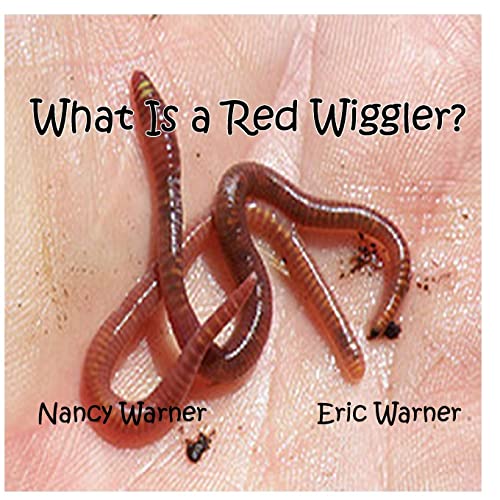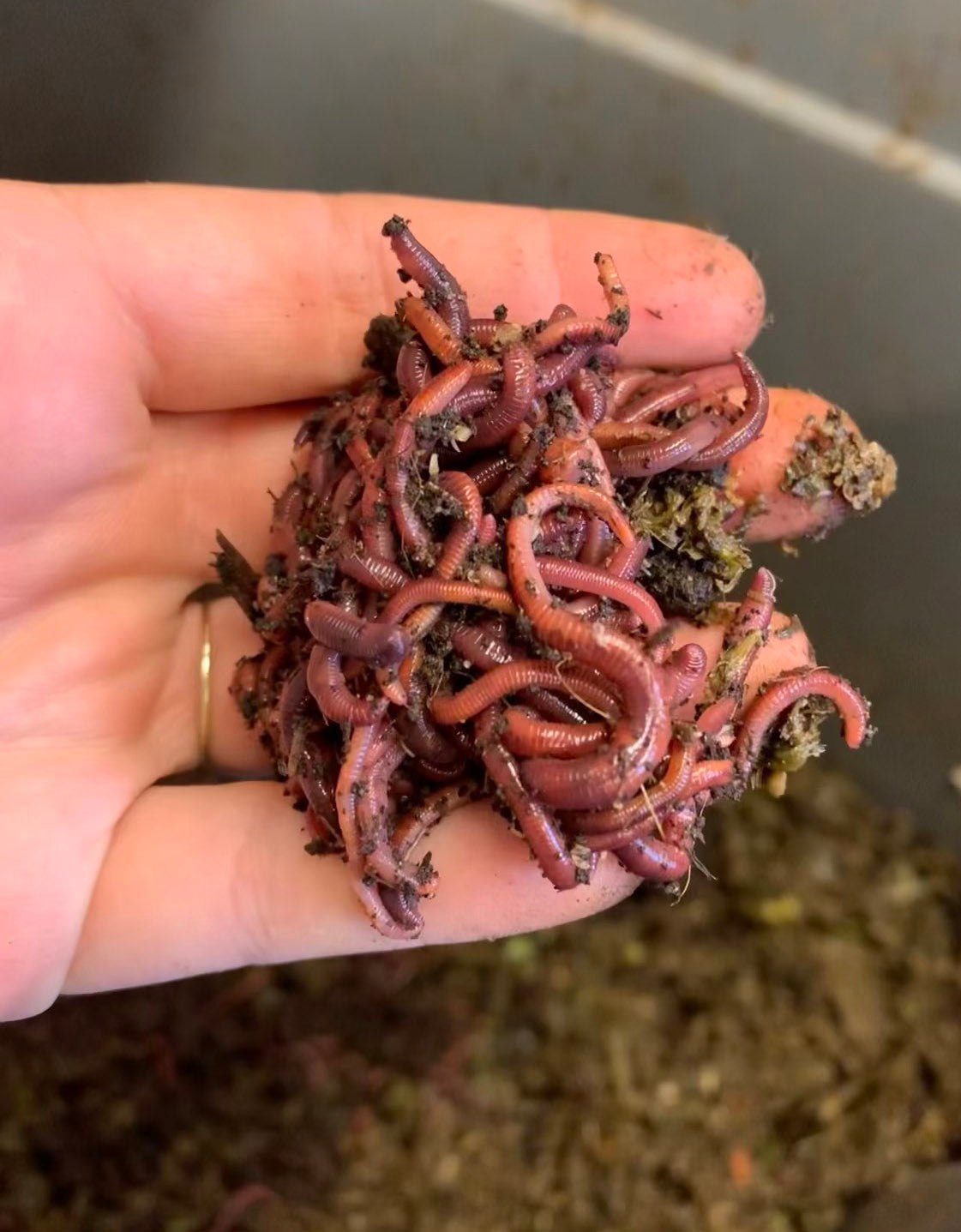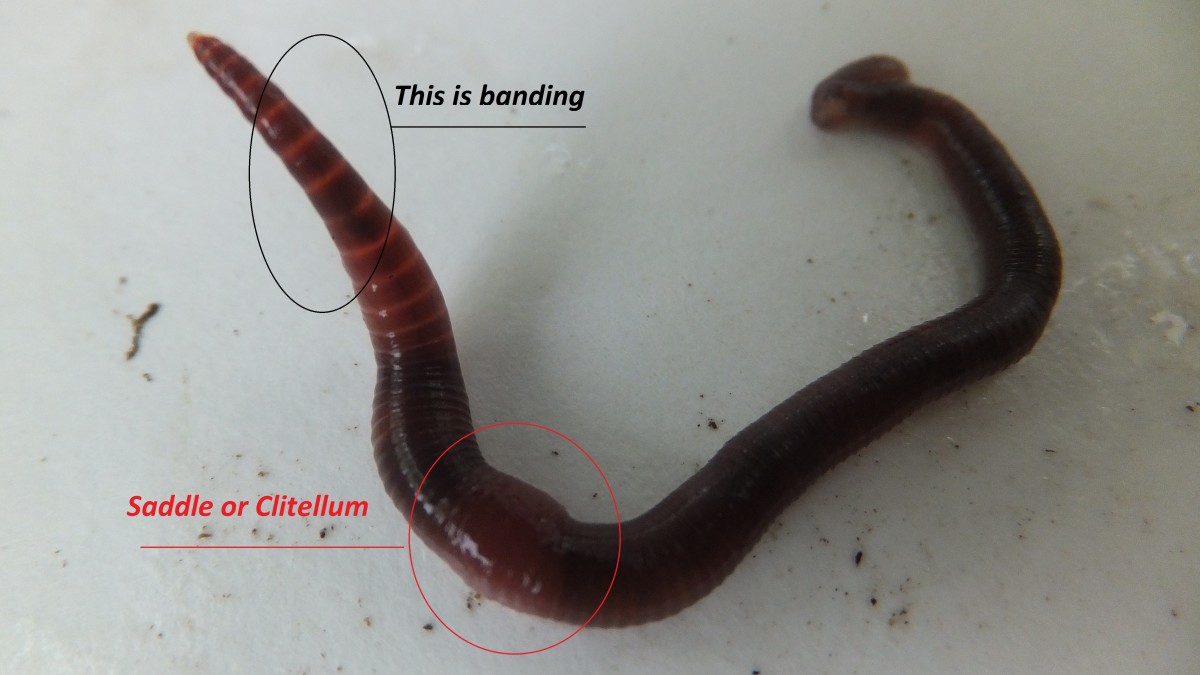Red Wigglers: The Unsung Heroes of Organic Waste Recycling
Red wigglers, or Eisenia fetida, work as crucial agents in the natural waste recycling process, changing thrown out products right into useful vermicompost. Their reliable failure of raw material not only boosts dirt top quality yet likewise contributes to lasting waste monitoring techniques. As the globe significantly seeks solutions to combat waste accumulation and improve farming productivity, recognizing the duty of these worms comes to be necessary. What mechanisms permit them to grow in garden compost atmospheres, and exactly how can they be successfully utilized in both residential and industrial settings? Discovering these concerns exposes the wider effects of vermicomposting in our environmental landscape.
What Are Red Wigglers?
The exceptional strength of red wigglers, medically called Eisenia fetida, underscores their critical function in natural waste recycling. These tiny, reddish-brown earthworms are usually found in breaking down organic issue, such as compost heaps and manure stacks. Lake Hickory Bait. Unlike various other earthworm types, red wigglers flourish in nutrient-rich settings and are extremely reliable at breaking down natural materials, making them necessary for vermicomposting

(Red Wiggler Express)In enhancement to their duty in waste reduction, red wigglers add to dirt wellness by improving soil structure and aeration through their burrowing activities (Lake Hickory Bait). Their presence in composting systems not just enhances disintegration rates yet additionally advertises a lasting technique to lose management, illustrating their importance in ecological conservation efforts
Benefits of Composting With Worms
Composting with worms, especially red wigglers, uses numerous advantages that boost both waste monitoring and dirt health. Initially, these worms successfully damage down natural waste, converting it into nutrient-rich vermicompost that enriches soil. This process speeds up decay, permitting a faster recycling of kitchen scraps and various other natural materials contrasted to typical composting approaches.
Furthermore, the vermicompost created by red wigglers is brimming with advantageous microbes, which assist boost soil structure, oygenation, and wetness retention. This enhances the general wellness of plants, advertising energetic development and boosted yields in gardens and agricultural setups. The use of worms in composting lessens the manufacturing of greenhouse gases, such as methane, adding to a more lasting waste monitoring system.

Exactly How to Beginning Vermicomposting
Establishing a vermicomposting system is an uncomplicated procedure that can generate substantial advantages for both waste monitoring and soil enrichment. To begin, select a suitable container, such as a plastic bin or wood box, with sufficient ventilation holes to guarantee appropriate air movement. The dimensions ought to ideally be around 2 feet by 3 feet, enabling sufficient space for the worms to prosper.
Following, prepare bed linen product, which can include shredded paper, cardboard, or coconut coir. This bedding ought to be moistened to create an ideal habitat for the worms. Once the bed linens remains in location, introduce red wigglers (Eisenia fetida) into the you could look here bin, normally around one extra pound of worms for each square foot of surface.
Complying with the positioning of worms, add organic waste, such as vegetables and fruit scraps, coffee premises, and smashed eggshells. Prevent including dairy products, meat, or oils, as these can create smells and bring in pests. Position the container in a shaded, temperature-controlled area to maintain ideal problems for worm activity. With these actions, you will properly start a vermicomposting system that adds to lasting waste administration and enriches your dirt.
Preserving a Healthy And Balanced Worm Bin
(Red Wiggler Express)Keeping a worm container flourishing calls for regular focus and treatment to make certain the wellness of the red wigglers and the performance of the composting procedure. Correct upkeep starts with checking the wetness degrees; the bin should perspire yet not waterlogged. An excellent rule of thumb is to preserve an uniformity comparable to a wrung-out sponge.
Carefully mixing the bed linens and food scraps every couple of weeks prevents compaction and makes sure that all worms have access to oxygen. Furthermore, it is crucial to feed the worms suitably.
Temperature level regulation is an additional vital aspect. Red wigglers flourish in a variety of 55 to 77 degrees Fahrenheit. If the bin comes to be also warm or cool, the worms might come to be worried - Lake Hickory Bait. Occasionally examine for indicators of health and wellness, such as worm population growth and the presence of healthy spreadings. By carefully taking care of these factors, one can keep a durable and effective worm container.
Influence On Lasting Living
The successful maintenance of a worm bin not only benefits the health and wellness of red wigglers but also contributes dramatically to sustainable living techniques. By recycling organic waste, such as cooking area scraps and backyard particles, red wigglers help draw away considerable amounts of material from landfills. This decrease in waste not only decreases greenhouse gas exhausts however additionally lessens the environmental worry related to waste administration.
Additionally, the spreadings produced by red wigglers act as a nutrient-rich organic plant food, improving soil health and wellness and advertising plant growth. This all-natural option to chemical plant foods supports sustainable farming and gardening techniques, reducing reliance on synthetic inputs that can hurt environments. Additionally, worm composting fosters awareness of waste management, urging people and areas to adopt even more lasting practices.

Final Thought
In recap, red wigglers offer as crucial factors to organic waste reusing through their efficient decomposition of natural products. By integrating vermicomposting into waste monitoring strategies, people and areas can substantially decrease waste while promoting ecological sustainability.